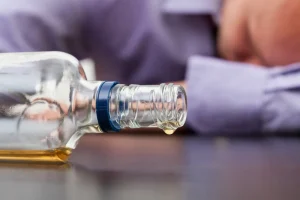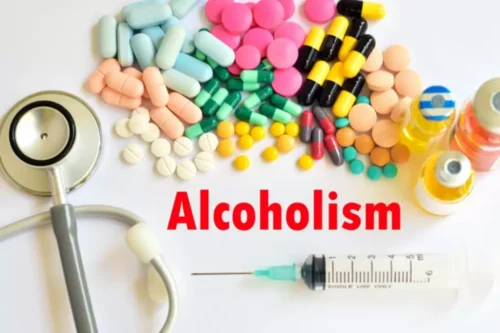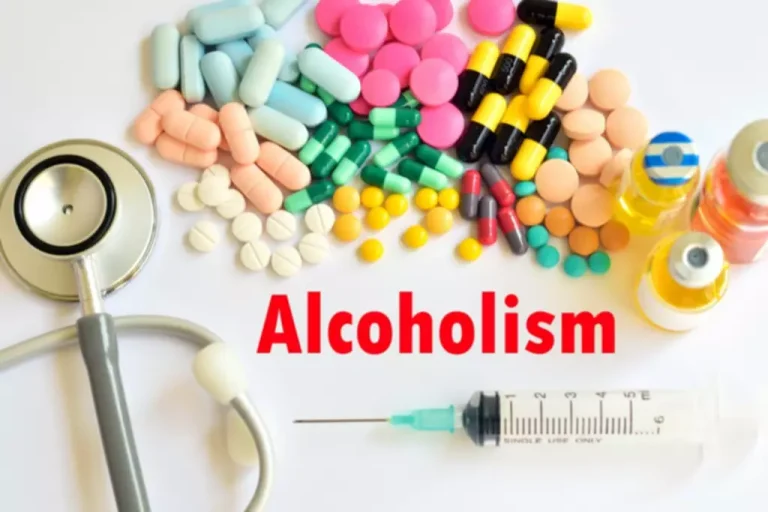
While moderate alcohol consumption may have some potential benefits, the negative effects of long-term or excessive alcohol drinking outweigh these benefits. Professor Marlow adds that many people who give up drinking discover that their mental health improves. “Particularly women who are feeling depressed, GPs are more likely to prescribe antidepressants,” she says. “But if they are drinking alcohol, this interferes with the antidepressants, so they don’t work.
It Can Improve Your Libido
- After 2 weeks of no alcohol, you may continue to enjoy the health benefits of better sleep and hydration.
- Alcohol plays a prevalent role in many cultures, with many of us toasting to big life moments, enjoying happy hours with coworkers or friends, or simply indulging in a few drinks after a long, stressful day.
- One variant of this enzyme, called alcohol dehydrogenase type 1C (ADH1C), comes in two “flavors.” One quickly breaks down alcohol, the other does it more slowly.
- When experts talk about the dangers of excessive drinking, we often assume those warnings apply mostly to people with alcohol use disorder, a health issue sometimes referred to as alcoholism.
- The first big one most people will notice is sounder slumber, as alcohol majorly messes with sleep cycles.
- Alcohol consumption has consequences for the health and well-being of those who drink and, by extension, the lives of those around them.
And perhaps that should not be too surprising since study methods differ widely. For example, the definition of “one drink” in the US is 14 grams of alcohol, as found in a 12-ounce bottle of beer, 5-ounce glass of wine, or 1.5-ounce shot glass of distilled spirits. In other countries, and in many research studies, a different definition is used. However, more studies are needed to validate the relationship between moderate drinking and these benefits.
Sign up for Harvard Public Health
- The most significant association with lower CHD risk is largely confined to middle-aged and older individuals in industrialized countries with high rates of cardiovascular diseases.
- Binge drinking is behavior that raises blood alcohol levels to 0.08%.
- In addition, the NIAAA further recommends that people aged 65 and older limit their consumption of alcohol to one drink per day.
- As you eliminate alcohol, which causes dehydration, your body will begin to absorb more water, improving the functioning of every organ, including your skin and your brain.
AARP is a nonprofit, nonpartisan organization that empowers people to choose how they live as they age. Join AARP for just $15 for your first year when you sign up for automatic renewal. Gain instant access what are the benefits of drinking alcohol to exclusive products, hundreds of discounts and services, a free second membership, and a subscription to AARP The Magazine.
Days 2 and 3 With No Alcohol

Your body’s systems bounce back over time, but after about 30 days, you’ll start seeing a difference. “Your skin has had a month to absorb all the hydration and nutrients and B vitamins that your body hadn’t been getting while you were drinking, so this is when you’ll see noticeable improvements to your skin,” says Dr. Mosquera. There’s also likely to be some weight loss within a month, due to the absence of the calories you were ingesting in alcohol (as long as you haven’t swapped them for equally high-calorie comfort foods). For men, this can look like lowered libido and erectile dysfunction, as well as decreased muscle mass.
Which type of alcoholic beverage is best?

If you have 5-6 drinks in a single session, you can suppress your immune system for up to 24 hours, according to the Alcohol and Drug Foundation. If you drink regularly, alcohol can also prevent Sober living home nutrients from feeding your immune system. It also reduces the white blood cells in your body, making it more difficult to fight off disease. In a month’s time, though, your immune system will have the ability to recover. Quitting alcohol can significantly reduce your risk of developing certain types of cancer.

Cerebrovascular disease, in which arteries in the brain are blocked or narrowed, can lead to a sudden, severe disruption of blood supply to the brain, called a stroke. Ischemic stroke, which is by far the predominant type of stroke, results from a blockage of a blood vessel; hemorrhagic stroke is due to rupture of a blood vessel. Alcohol-related hypertension, or high blood pressure, may increase the risk of both forms of stroke. Yet, in people with normal blood pressure, the risk of ischemic stroke may be decreased due to the apparent ability of alcohol to lessen damage to blood vessels due to lipid deposits and to reduce blood clotting. Alcohol’s anticlotting effects, while perhaps decreasing the risk of ischemic stroke, may increase the risk of hemorrhagic stroke (Hillbom and Juvela 1996). These studies are coming closer to providing a clear picture of the relationship between alcohol and risk of stroke.
